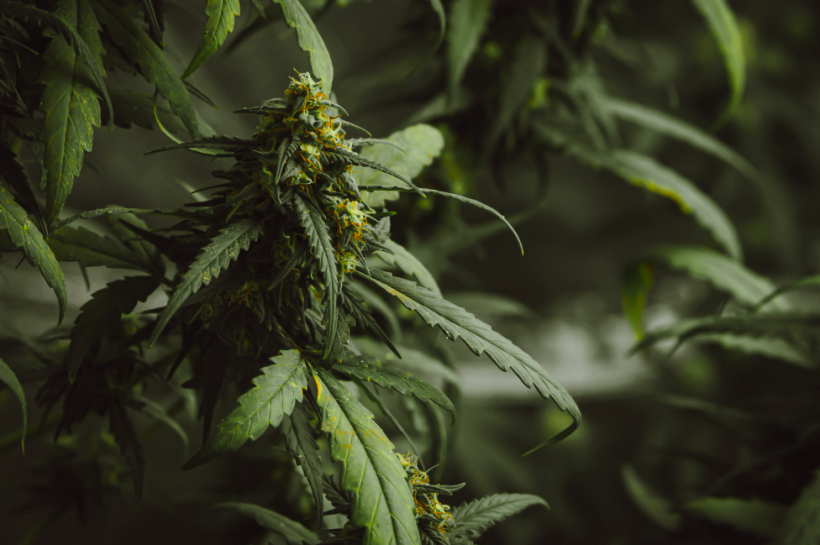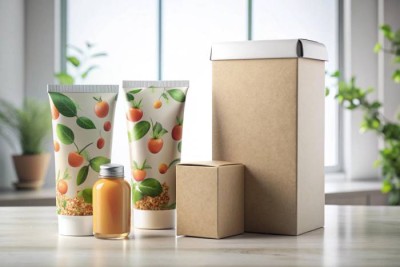Principal Side Effects of Cannabis Use: Marijuana Vs CBD Oil
Warning: Undefined variable $post in /home/dietofli/public_html/wp-content/plugins/code-snippets/php/snippet-ops.php(584) : eval()'d code on line 3
Warning: Attempt to read property "ID" on null in /home/dietofli/public_html/wp-content/plugins/code-snippets/php/snippet-ops.php(584) : eval()'d code on line 3
The estimated reading time is 7 minutes
Warning: Undefined variable $post in /home/dietofli/public_html/wp-content/plugins/oxygen/component-framework/components/classes/code-block.class.php(115) : eval()'d code on line 3
Warning: Attempt to read property "ID" on null in /home/dietofli/public_html/wp-content/plugins/oxygen/component-framework/components/classes/code-block.class.php(115) : eval()'d code on line 3

The use of cannabis dates back to 3,000 BCE and is possibly one of the earliest known plants to be cultivated by humans. Since then its use has seen highs and lows in nearly every culture where these plants grow — *stoner pun intended*.
It’s the 21st century, and cannabis use is back in high fashion, and this time, cannabis is meeting science and technology as it has never done before. And it’s turning up a lot of fascinating results.
For example, in exploring the intricacies of cannabis, we’ve discovered that within ourselves is a crucial regulatory system called the endocannabinoid system (ECS). As you can guess by the name, it has a lot to do with cannabis, but this system existed way before humans consumed the plant.
The ECS started evolving in organisms over 600 million years ago, and all vertebrates on this planet have one. The ECS uses specialized neurotransmitters called endocannabinoids that act upon several receptors in the body.
Upon activation, these receptors release signals that regulate cognitive and physiological functions from appetite to fertility to mood. Within cannabis plants are phytocannabinoids that mimic these endocannabinoids, and as such, can activate the same group of receptors.
While there are hundreds of cannabinoids in cannabis, we largely focus our attention on two: THC and CBD. Unlike the extreme majority of cannabinoids, THC is one with a strong affinity for binding to CB1 receptors and thus produces the high associated with marijuana.
CBD, on the other, is like the other 99% and can’t bind to CB1 receptors — thus no high. However, it can attach to or influence other receptors to a similar degree as endocannabinoids can — as well, CBD increases endocannabinoid productivity.
Since CBD and the other phytocannabinoids can’t get us high but will still benefit our health, consuming products with them has become very popular in recent years. However, to avoid THC’s side effects, these products are taken from hemp plants as they have naturally low levels of THC.
When derived from hemp, we call these products “CBD”. However, the majority of these products are full spectrum and include all 100+ cannabinoids found in cannabis — this includes THC in very small amounts (0.3% or less). This amount cannot get you high, nor will it bring along any of the concerns with THC that we’ll discuss below.
There is a slight risk that it produces a false negative on a drug test, but that’s it. If that is a concern, there are CBD only products like cell isolate CBD hemp oil. Unfortunately when isolated, CBD effects become rather stunted, but it’s still better than no CBD.
With that said and done, let’s find out how safe CBD products are compared to marijuana and THC.
Can you overdose on cannabis?
Very unlikely and pretty much impossible. You would have to smoke your body weight in marijuana to overdose. And if you did somehow manage that, you would overdose from THC, not CBD or another phytocannabinoid.
The lethal dose of THC is somewhere between 15-70 grams, and your average joint is around 0.3 grams or marijuana. Due to combustion and other factors, most will only consume about 12 mg of THC from said joint — 15,000 mg is the potential starting place for an overdose, so that’s at least 1000+ joints within a few hours.
So again, it’s quite literally impossible to overdose from THC, and no one ever has. As well, there is no known unsafe amount of CBD or other non-psychoactive cannabinoids you can consume.
Are their short-term side effects?
THC presents some short-term side effects such as memory loss — as well, it can make you anxious or paranoid. However, CBD modulates many of the negative effects of THC from anxiety to sleep. So, if you find that your marijuana strain is making you paranoid, too tired, or killing your short-term memory, it likely has a high THC to CBD ratio.
As well, THC hinders motor control, and in States where marijuana has become legal, marijuana-related traffic accidents have increased.
CBD products, on the other hand, present little to no short-term side effects, except for rare cases of nausea and gas. It’s way more likely that CBD helps relieve nausea not induce it.
What are the long-term effects of using cannabis?
Marijuana has mild long-term side effects when compared to drugs like alcohol or tobacco, but it’s not harmless by any means. THC can affect the development of adolescent brains, and as such, it's not recommended to use marijuana until the brain has largely finished growing — around age 21.
As well, studies show those that use marijuana are twice as likely to develop schizophrenia. However, it’s up for debate on how much marijuana does this vs. how likely it is to self-medicate one's schizophrenia with marijuana.
Can cannabis make you dependent?
About, 1 in 10 who use marijuana/THC become dependent on it in a similar way to video game addiction. However, THC can produce withdrawal effects that range from agitation, poor appetite to insomnia. The World Health Organization has found that the use of CBD is safe and that there is little to no risk for dependence.
As well, you will not see withdrawal effects — if CBD was managing a condition, discontinuing its use may allow the illness to come back its previous severity.
Interestingly enough, research shows that both THC and CBD can modulate receptors that express anti-addictive properties. Studies have started looking into using both marijuana and CBD to break opioid and alcohol dependence and addictions.
Is THC harmful?
For adults using marijuana every day, frequent use of THC can overstimulate the ECS allowing it to become used to it and rely on it. It’s strongly recommended to take at least a month break when you don’t feel as high from marijuana anymore.
This break can also help prevent short-term memory loss from becoming a permanent problem. One study showed that those who used marijuana every day for five years suffered from short-term memory loss even when they weren’t high.
Does CBD have side effects?
Because CBD oil, and other hemp-based products like it, offer many of the medical advantages of medical marijuana without the high or other side effects, they have become very popular.
People not only it to their children, but to their pets as well. And while it looks like it has overwhelmingly benefited the majority, there are a few cases that may make us want to slow down.
One of the most common benefits you hear about CBD products is how they help lower reliance on prescription drugs — lowering their dosage. While CBD is doing this in part to its medical benefits, it’s doing this for another reason — one we need to be aware of.
CBD, the molecule version, has the ability to increase the potency of any drug metabolized in the liver. This has been seen with the drug Warfarin (blood thinner) and some antiepileptics.
CBD does this by temporarily inhibiting a subclass of CYP enzymes known as cytochrome P450. We rely on these enzymes to break down around the majority of our prescription medications. The issue is we are not sure the extent that CBD inhibits these enzymes too. Usually, it takes dosages on the larger side (40 mg or more) to cause notable inhibition — the average dose is between 15-30 mg.
Again, some people use this to their advantage and lower their prescription medication. However, those that are on a dosage-sensitive medication might run into drug-induced side effects before they can lower their prescription.
Fortunately, most studies find that by monitoring blood plasma levels and altering dosages as needed, it appears possible to pair CBD with almost any drug. This issue is only place where THC beats CBD in terms of side effects. Because while THC can inhibit CYP enzymes, studies show CBD is the strongest inhibitor by far.
More Stories:
http://www.dietoflife.com/does-really-using-medical-cannabis-helps-you-to-get-rid-of-flu-or-cold/
http://www.dietoflife.com/clamor-cannabis-legislation-rises-despite-need-research-benefits/














